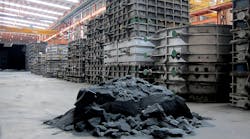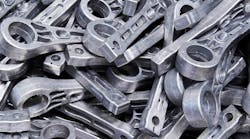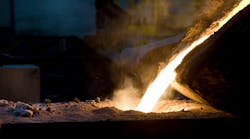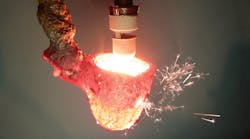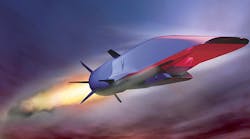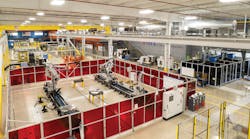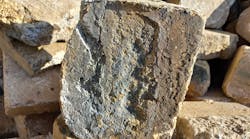Powdermet Inc., which develops “nano-engineered metallic composites,” has joined the NIST-led research program announced more than two years ago to develop lighter aluminum and magnesium castings. The company’s primary focus is developing “nanocomposite aluminum alloys” that have higher ductility than high-strength aluminum alloys (like aluminum-lithium), which are used for near-net shape forgings.
The National Institute of Standards & Technology (NIST) started the “Transformational Casting Technology for Fabrication of Ultra-High Performance Lightweight Aluminum and Magnesium Nanocomposites” project in 2010. It aims to research and produce complex structural castings that will reduce vehicle weights.
In the development program, nanoparticles are being used as an alternative to rare-earth alloys, and Powdermet explained that its involvement has been sought to address the difficulty of achieving homogenous distribution of these particles throughout a cast product.
The research is being pursued at the University of Wisconsin-Madison. Other research partners include Eck Industries, a Manitowoc, WI, aluminum foundry; Nanostructured & Amorphous Materials Inc., of Houston; Oshkosh Defense, a builder in Oshkosh, WI; and the Wisconsin Alumni Research Foundation (WARF) of Madison, WI.
Powdermet said joining the venture would allow it to expand the use of nanocomposites by reducing the cost of the materials, and by applying them beyond simple molded or machined parts.
“This joint venture opportunity further strengthens Powdermet’s position at the leading-edge of nanotechnology, transitioning it into mainstream manufacturing technology and innovation,” stated Brian P. Doud, general manager. “Moving our nanoparticle concepts and products from the laboratory into large-scale functional components is an exciting opportunity for us to compete in the global marketplace.”

